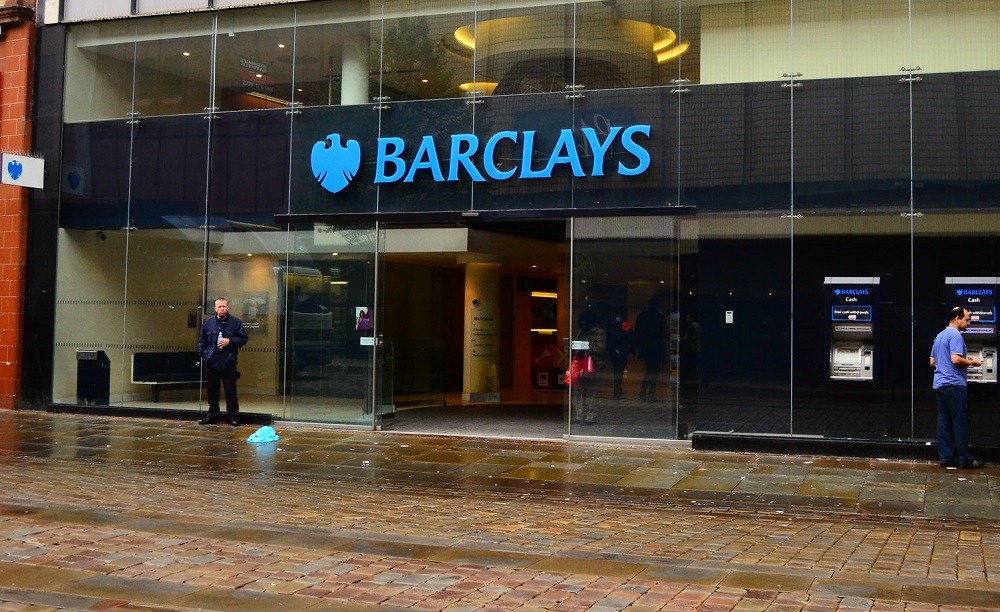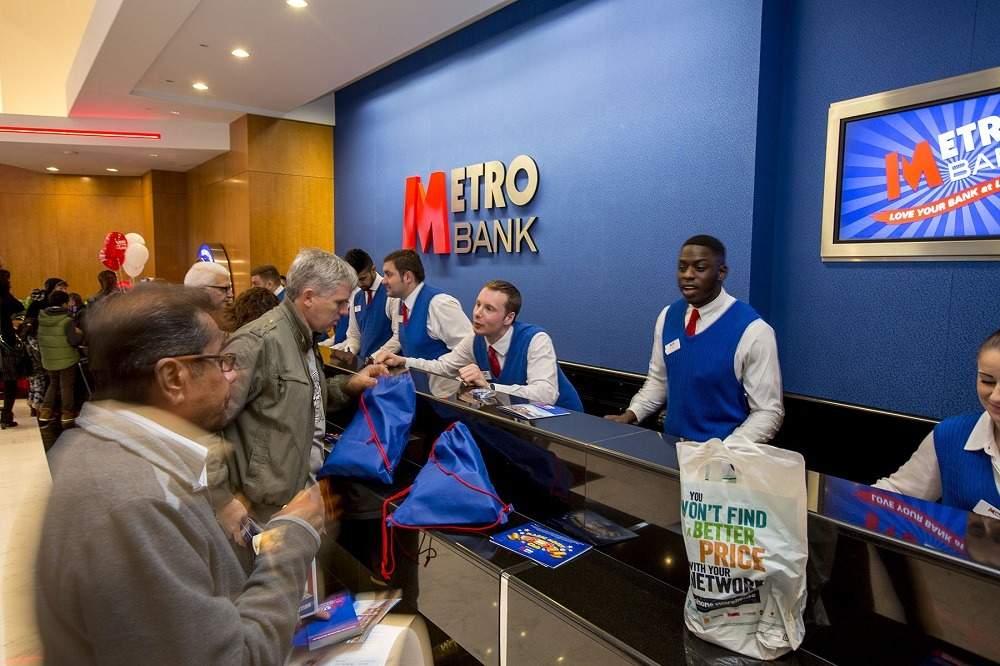
Physical branches remain an important aspect of customer acquisition in the banking industry and should not be overlooked by lenders amid digital transformation trends, according to analysts.
Research by market intelligence firm GlobalData shows that despite the push towards creating a more digitalised banking experience across Europe, 42% of customers on the continent still prefer to visit a physical branch – particularly for things such as lending applications.
With loans, credit cards and mortgages some of the most profitable aspects of the retail banking arsenal, this represents significant segment of the market for financial institutions to be consider.
Associate retail banking analyst at GlobalData Oliver Wintle said: “Banks should continue to focus on providing services that match their customers’ different usage occasions by improving the quality of their online and mobile banking applications, which for many customers is their main point of contact, as well as by clearly differentiating branch services to those offered online.
“In this age of increasingly confusing financial management, much can also be said for the more personalized, human services that branches usually offer compared to mobile and online.”
Digital transformation in the banking industry is lessening the popularity of physical branches
The overall market trend for customer service in the industry is undoubtedly shifting towards more automated experiences, as customer habits change and banks look to cut staff and building costs by taking advantage of the flexibility afforded by digital services.

GlobalData found that 89% and 90% of European banking customers now use online and mobile channels respectively to conduct their financial activity, while 53% confirmed that they rarely visit a branch.
But providing good customer service remains an important issue for banks, despite the fact that people are largely shunning human contact when carrying out banking activities.
Wintle added: “Banks aiming to improve their overall customer satisfaction should invest in improving their call centre experience, particularly as only 62% of customers are satisfied with the services provided, making it the least favoured customer-facing channel for many companies.”
UK challenger banks Metro and First Direct have demonstrated the personal touch can still be a key for keeping customers satisfied. Policies of expanding the branch network and offering round the clock telephone services helped them top recent customer service league tables.

According to a report published last year by UK Finance, more than 70% of UK adults now use online banking, and the number of user log-ins to banking apps during 2017 rose 13% year-on-year to 5.5 billion.
A recent survey conducted by financial services review website Smart Money People found that, in 2018, visiting a branch was the preferred way of banking for only 11% of people in the UK.
This is compared with 38.6% who preferred to use online banking, and 39% who favour apps.
Digital transformation in the banking industry has led many UK lenders to make sweeping branch closures
Closures of bank branches in the UK has been well documented in recent years, with many high street lenders opting to cut the size of physical networks in favour of enhanced digital services.
Among the Big Four UK banks in 2018, Royal Bank of Scotland closed 431 locations, and has shuttered a further 54 since the turn off the new year.
Barclays closed more than 150 branches in 2018, with a further 91 so far this year, and three more planned before 2020.
HSBC maintained the size of its branch network last year, and in fact added to it with a “fully digital” branch in its new Birmingham headquarters for personal banking.
There will be four closures before the end of 2019, taking HSBC’s overall branch network to 622 locations.
Lloyds Banking Group reduced the size of its network by 108 outlets in 2018, with decisions for future closures to be driven by ‘customer behaviour’.
So far in 2019 it has shut 56 branches, and plans to add a further 20 to the list of closures before the end of the year.
Innovation is key to the survival of bank branches on the high street
The questions around the future of physical bank branches form part of a wider discussion about the health of traditional high streets and small businesses.
National chairman of the UK Federation of Small Business Mike Cherry said: “When a town loses a bank branch it has a number of direct and indirect impacts on surrounding small businesses.

“The former include lost access to cash deposit and withdrawal facilities, reduced cashflow in the local economy and fewer opportunities to access finance.
“Chief among the latter is reduced footfall on high streets, as branches serve as a natural draw for smaller towns.
“The question is, how do we transition to a branch network that both properly serves those who need it and is commercially viable for the banks that run it?
“Innovation is key here – we need to see more banks rolling out mixed-use spaces that serve their customers whilst also playing a wider role in the community – as cafes, meeting spaces and business hubs.
“These welcome additions to high streets would keep existing customers happy and open up opportunities to win new clients.”






